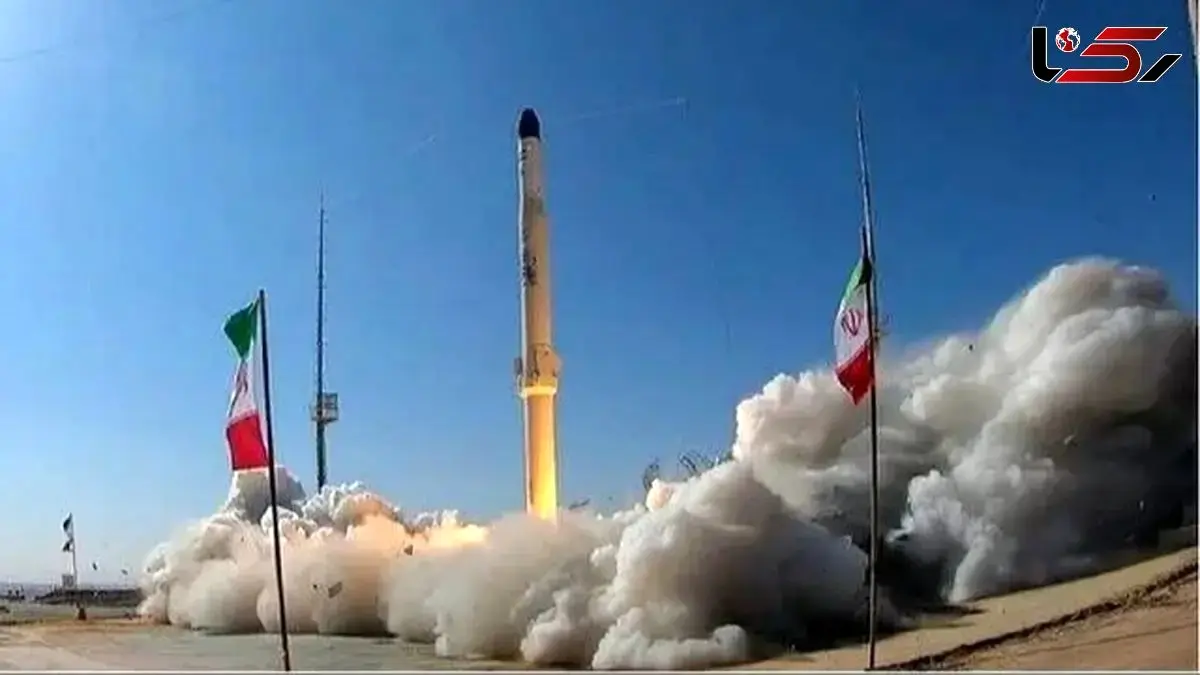Latest Updates on Iran’s Satellite Stations: Zafar, Paya, and Kosar Ready for Launch
Rokna Political Desk: The satellites Zafar, Paya, and Kosar are in their final stages of preparation for launch, according to the head of the Iranian Space Agency, who announced that their launch is planned for early winter.

The President of the Iranian Space Agency (ISA) said regarding the Zafar, Paya, and Kosar satellites: “These satellites are in the final stages of launch preparation, and their launch is expected to take place in early winter.” He also noted that the Salmas and Chenaran satellite stations are nearing completion and will soon be inaugurated.
According to Rokna, Dr. Hassan Salarieh, speaking on the sidelines of the “Space Technology for Sustainable Development” event, stated: “Today’s meeting provided an opportunity for companies active in the ICT Park to showcase their achievements and capabilities in offering data- and image-based satellite services. These companies primarily provide products and services to government and state institutions such as the Ministry of Agriculture Jihad, the Meteorological Organization, and the Department of Environment.”
He added: “The latest products and capabilities of these companies were introduced, and an opportunity was created for institutions and organizations unfamiliar with these services to communicate and become acquainted with them.”
Salarieh emphasized that one of the most significant changes in the national space organization is the expansion of data and imagery applications. “Once satellites are placed into orbit, their outputs are transformed into practical services in downstream space industries. For example, estimating agricultural cultivation areas, assessing mineral extraction, identifying mines, and detecting dust storm sources are among these services.”
He continued: “Companies active in recent years have been able to make their products increasingly accurate and are capable of providing practical services to sectors such as agriculture, mining, and other industries. These companies need to be better introduced, and new state-level demands must be communicated to them to enable continuous product updates.”
The head of the Iranian Space Agency also referred to the revision of the country’s 10-year space program, stating: “This plan, especially in the field of data- and image-based satellite services, will be updated and, after approval by the Supreme Space Council and the President, will be officially announced. This document will serve as the foundation for governmental, private, and academic activities.”
Regarding financial resources for space projects, he said: “According to the budget program, the required resources will be provided, and all activities will proceed within the planned framework.”
Salarieh further added: “The Salmas and Chenaran satellite stations are close to inauguration, with the Salmas station expected to become operational within the coming weeks.”
On international cooperation, the ISA President stated: “We have joint projects with China in the field of lunar exploration and space research, and we are also collaborating with international unions and associations, including Islamic countries, in areas of education, promotion, and data- and image-based services. These collaborations form part of our national space service development program.”
He added that satellite-based data and imagery services are currently being offered to various governmental institutions, companies, and businesses. “Examples of these services can be found in sectors such as agriculture, environmental management, crisis management, and insurance. Companies receive and process satellite data, convert them into technical reports, and provide them to the relevant institutions for use.”
Salarieh concluded by emphasizing the importance of constant updates to maintain accuracy and relevance in the nation’s space industry. “Since the beginning of the country’s 10-year space program, the framework has been reviewed and revised over the past three years based on the latest technological achievements and capabilities to ensure alignment with ongoing technical advancements.”
Send Comments